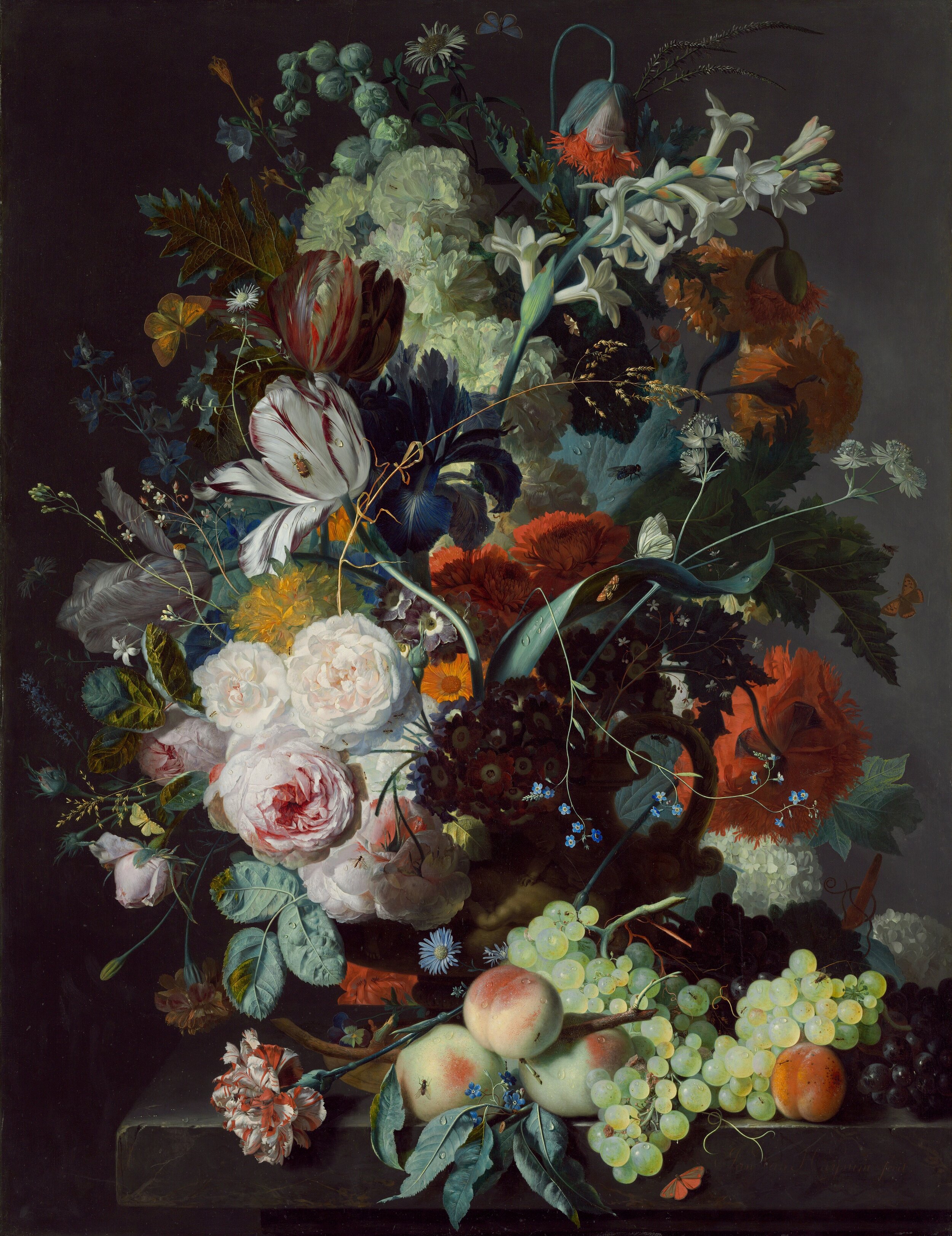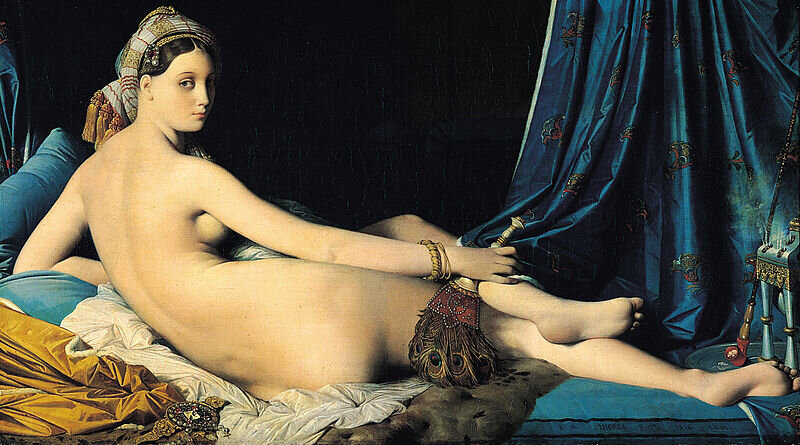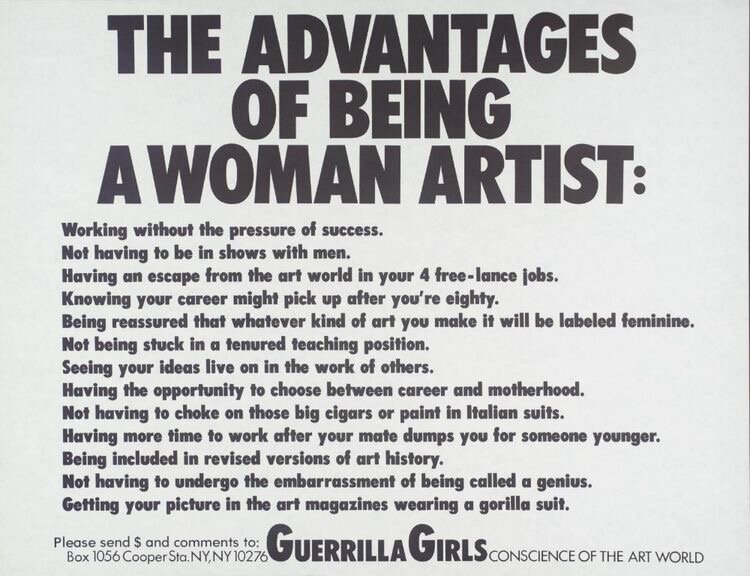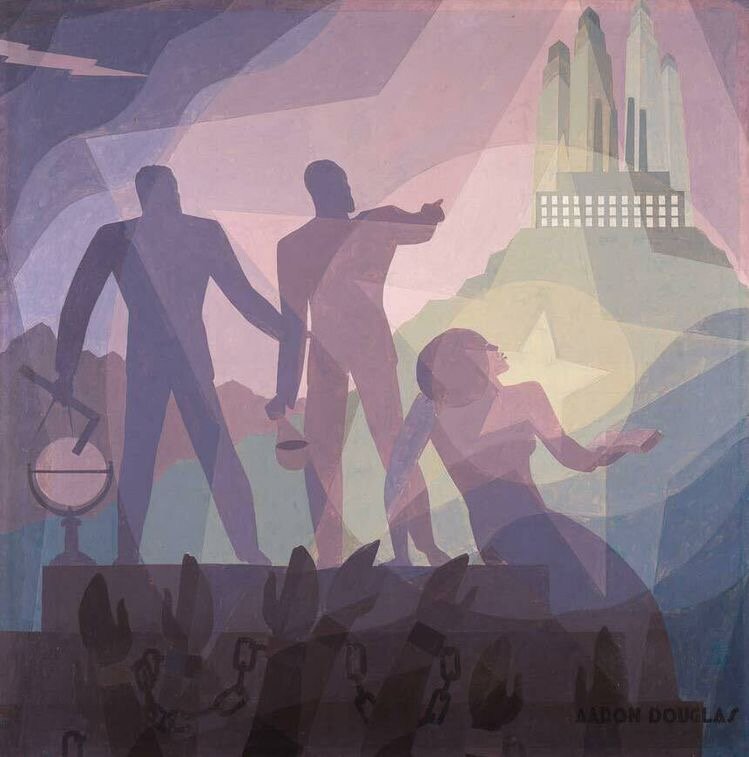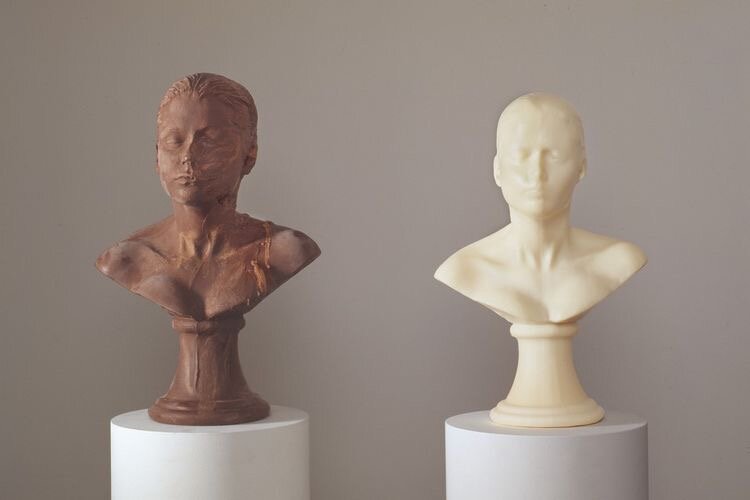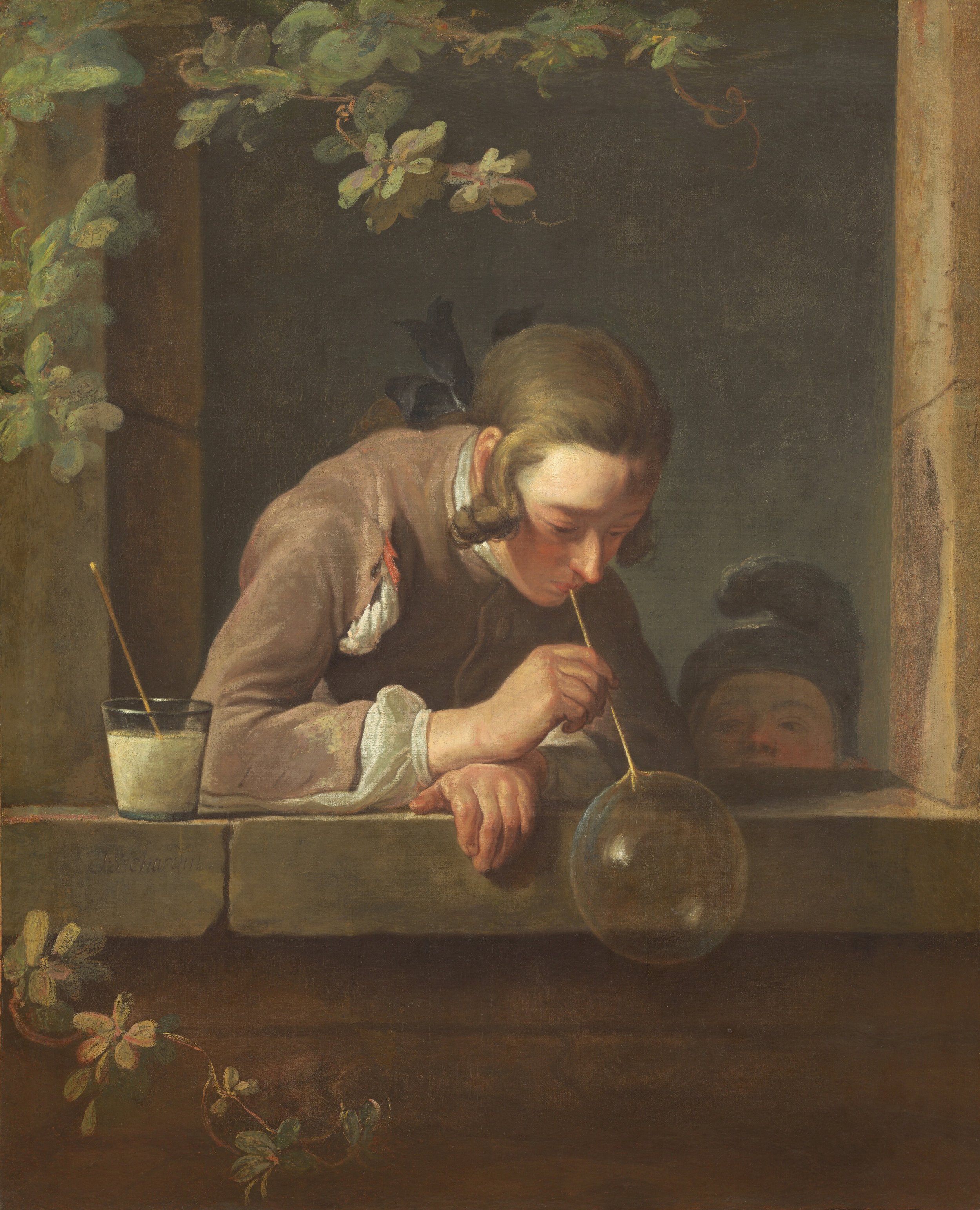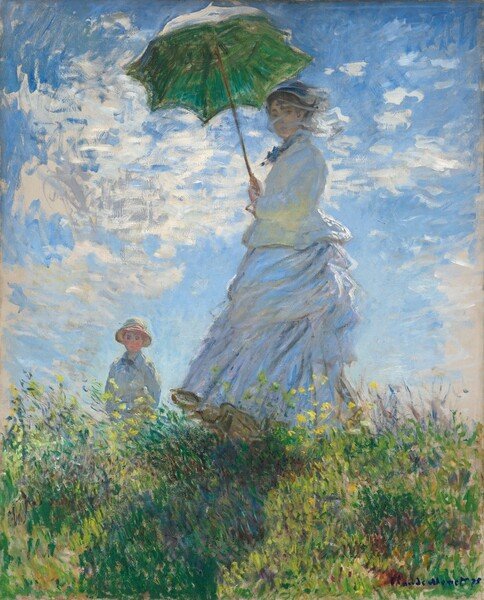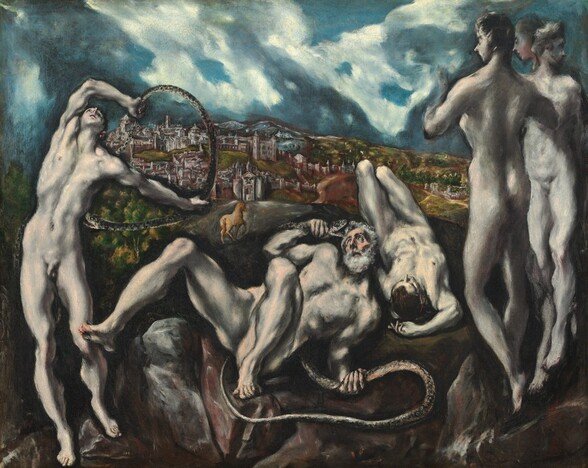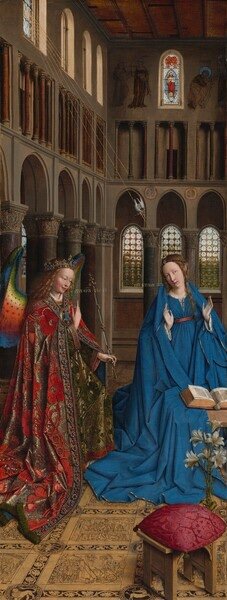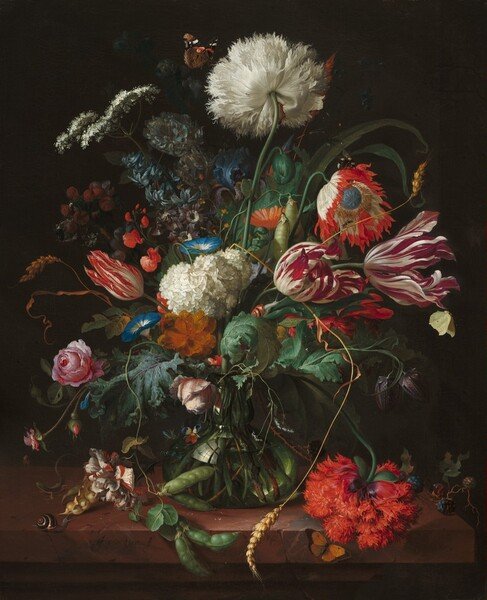Discover a new perspective
AHP Blog
The theory of the male gaze is something that art historians have begun to use to explain patterns that have emerged in art over time. One common question that presents itself when we look at older art is why there are so many nudes used within paintings. This occurrence can be attributed mainly, to this theory of the male gaze.
Do you know what the oldest structure in the world is? It is older than Stonehenge, older than the Great Pyramids, and older than the cave paintings in Lascaux. It is Newgrange, which we are talking about this week to celebrate St. Patrick's day! As historians and archaeologists have discovered and uncovered more information on this monument it has helped contextualize other monuments, like Stonehenge, and track arts and cultural growth prehistorically.
Judy Chicago's The Dinner Party is a spectacular work of modern art that features important women that have stood out in history. This Dinner Party invites thirty-nine important women to have their seats at the table. This work helps to start a dialogue about the women that we may not often talk about when it comes to history. Who do you think got a seat at the table?
The question "why are there no great women artists" is a question that sent shockwaves through art history when Linda Nochlin published her article using this question as her title. This article brought to light the discussion of feminist art history, and how it can be defined within art history as a whole. Nochlin does this by spotlighting those female artists who have stood out within the larger community of famous artists while pondering if these few artists are enough to say that there have been great women artists. Beyond that, Nochlin introduces us to the conundrum of whether its better to highlight women artists for the sake of creating women's art history or if the art and art history community should expand it's consideration to anyone, not just the small group of people who fit the famous artist mold.
In honor of Black History Month, we will be discussing the Harlem Renaissance movement today! The Harlem Renaissance was a movement that sought to bring visibility to the growing African American culture during the 1920s and 30s. This movement uncovers an entirely new style of art that connects contemporary art by African Americans to the art of ancient Africa.
Have you ever wished you could eat a piece of art? What about bathing with one? Well, this artist decided to do both. Janine Antoni is a fascinating contemporary artist who uses everyday tasks as her canvas and her body as her tool. Lick and Lather is a captivating piece that captures Janine Antoni's style in a fascinating way.
Have you ever walked around a museum and felt uncomfortable, out of place? Have you ever looked at a work of art and feel like you are missing the bigger picture? Looking at art because it is pretty or cool is very different from looking at art to understand it. Looking at art to understand is something that has become a practiced method that can be taught, and we are going to discuss that method today!
A synecdoche is a figure of speech where a part stands for the whole. Byron Kim's Synecdoche is a work that contemplates this term in the context of human beings. Currently housed in the National Gallery of Art, this work is an ongoing piece that captures a small piece of a person to represent its whole.
Some of the most central stories of art history are buried within the narratives of the rest of history as well. They disappear beneath the details of their story or are eclipsed by bigger events. The story of the Elgin - or more correctly - the Parthenon Marbles is one of these hidden moments in history that should be given some more attention. FOr art historians and archaeologists these Marbles are a critical point of discussion, and an interesting conversation to answer the question, "who does art belong to?"
One of the unspoken understandings when talking about the masterpieces of the Renaissance is the relationship between the artist and their patron. This relationship is incredibly important to understand when considering Renaissance art and its repetitive nature.
